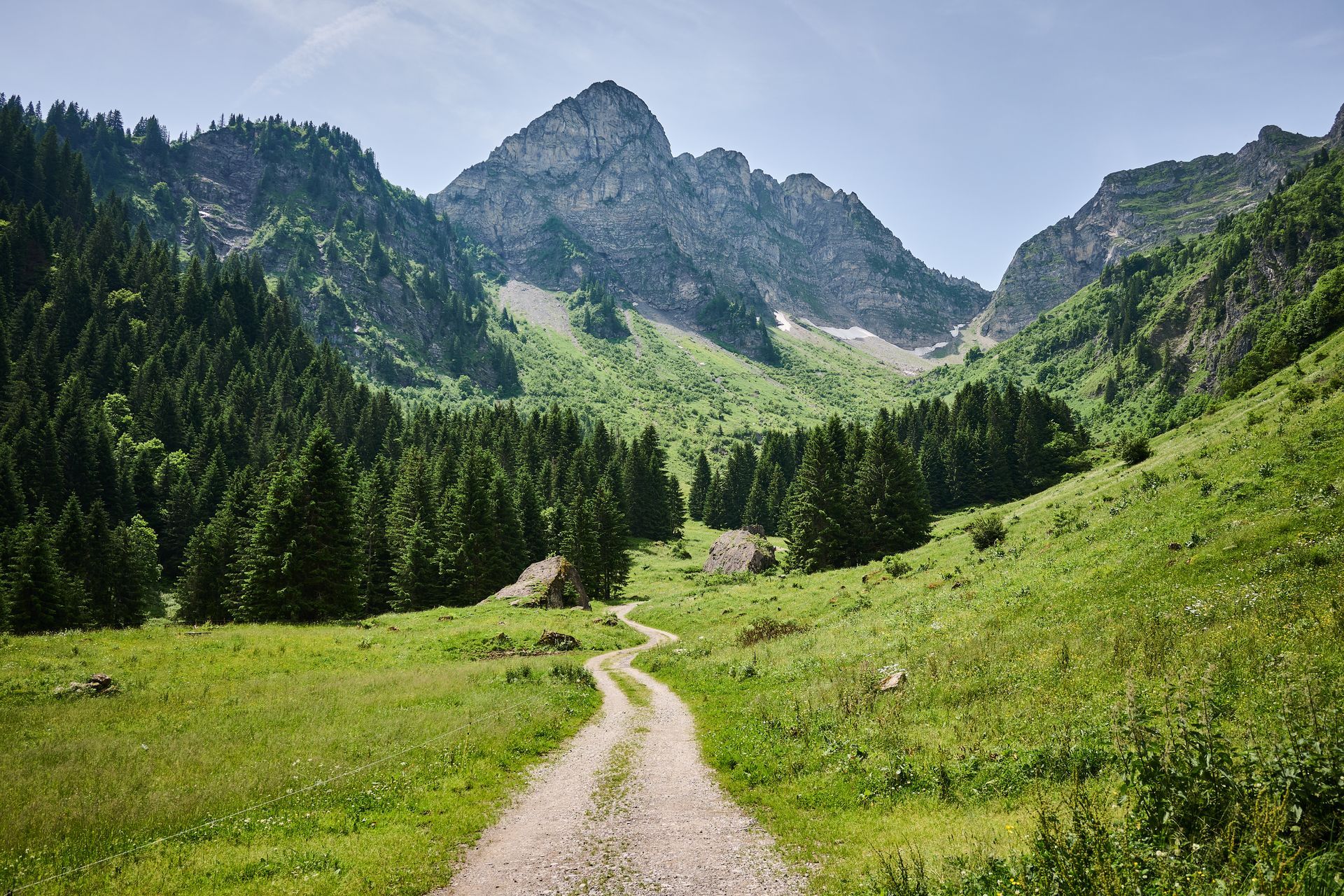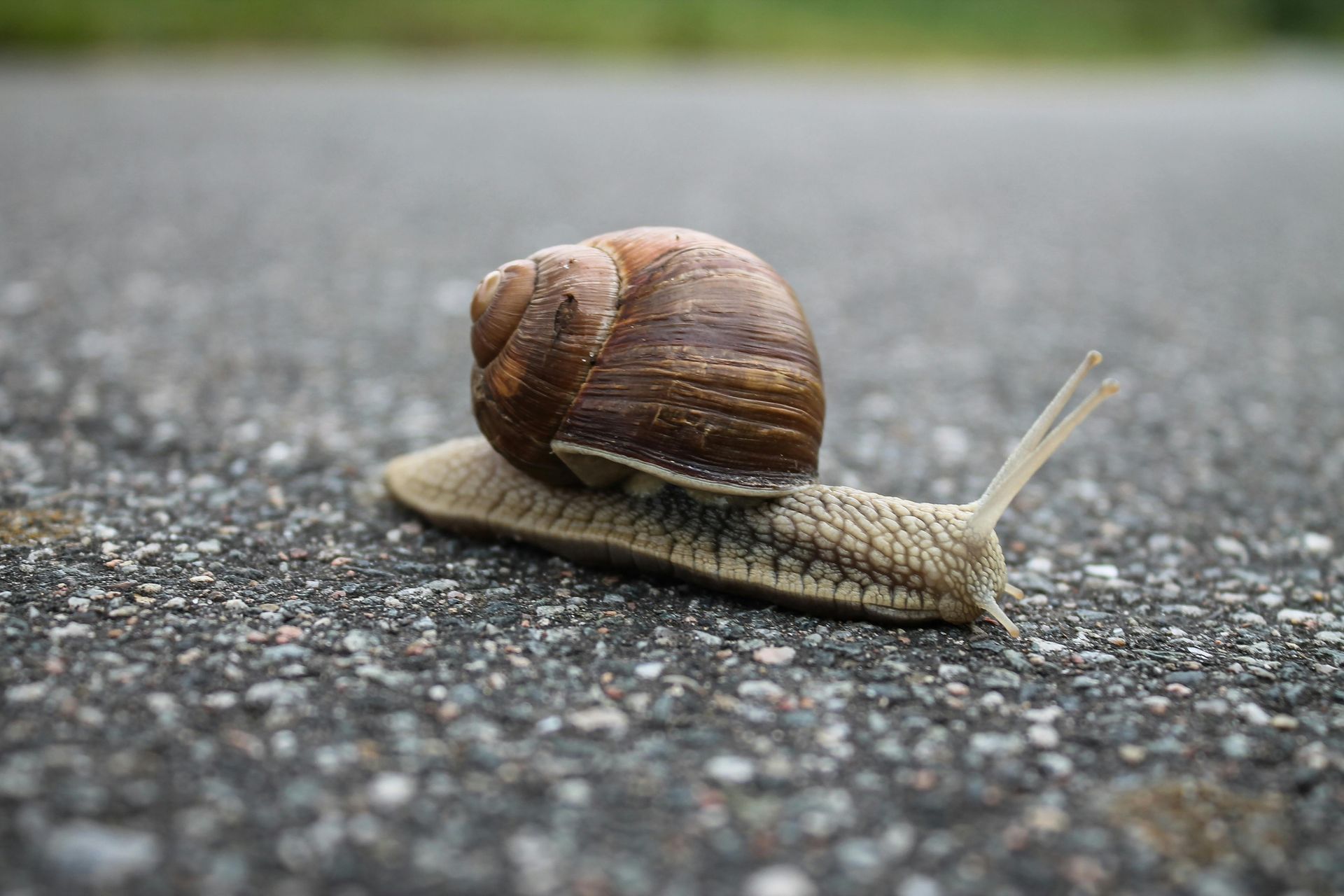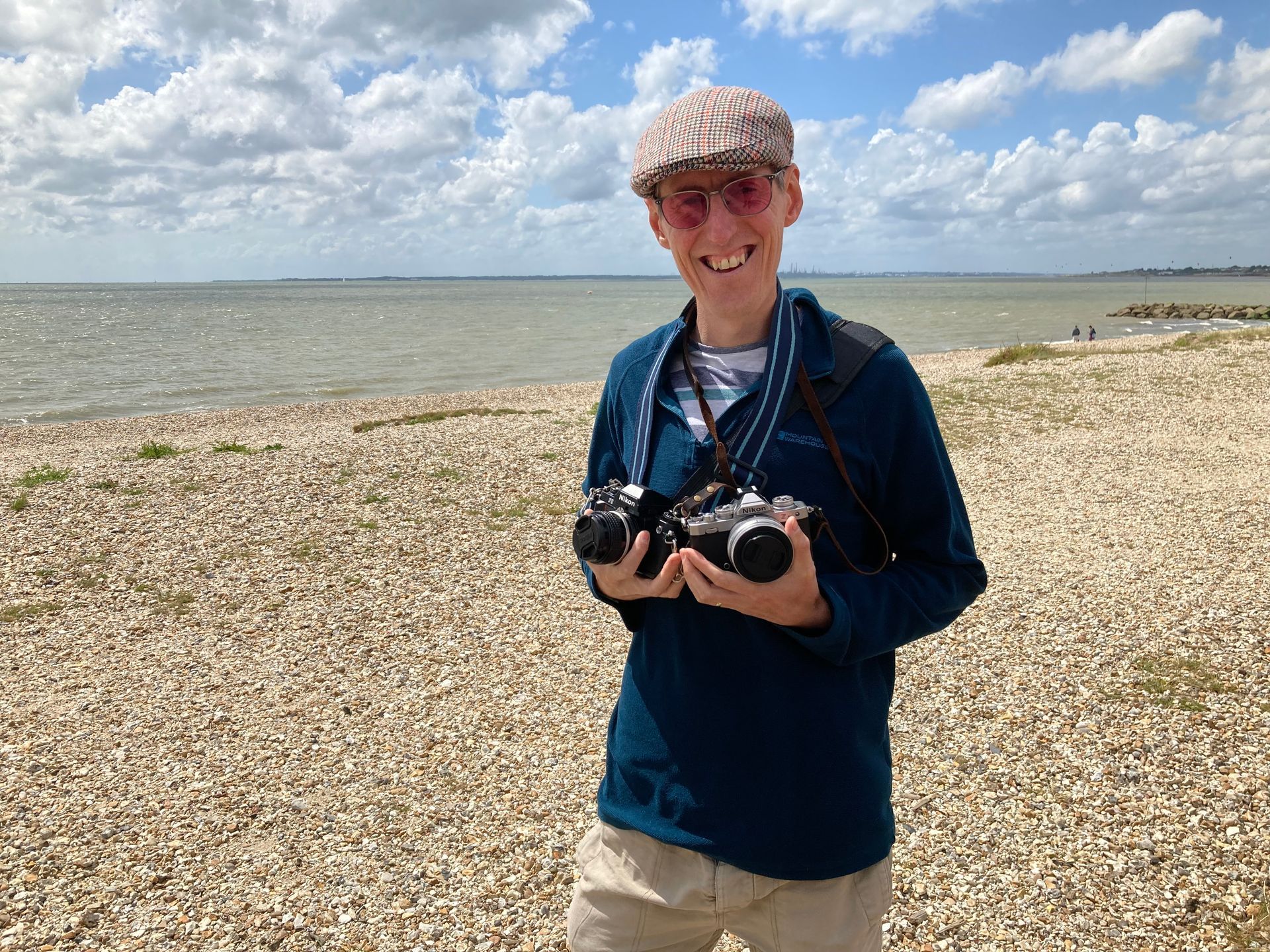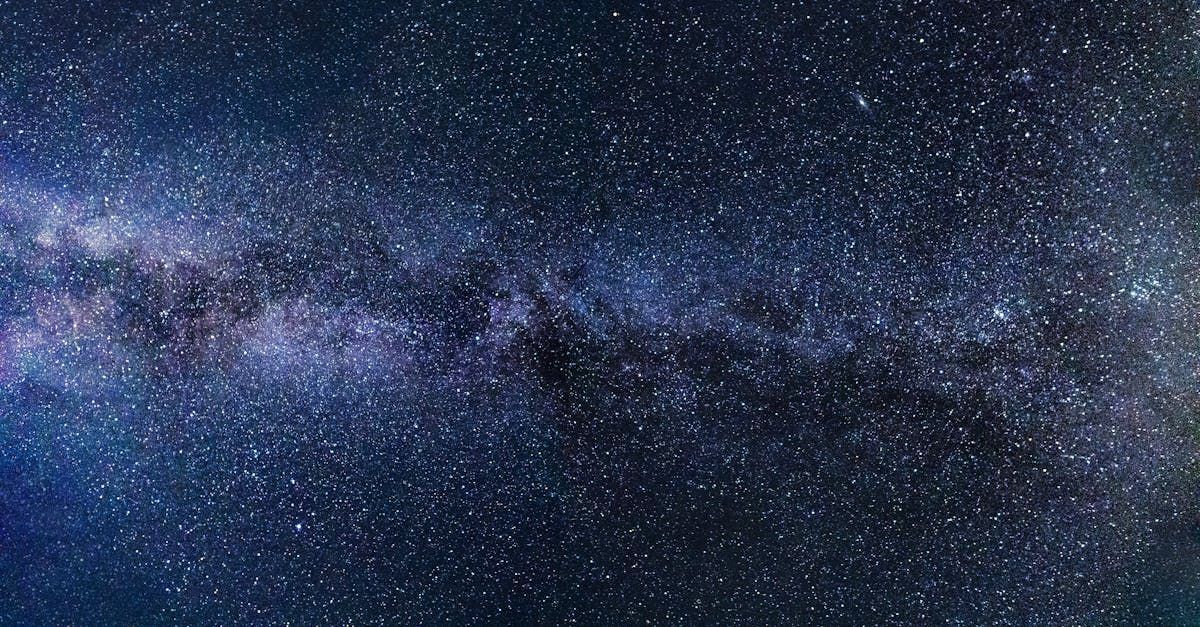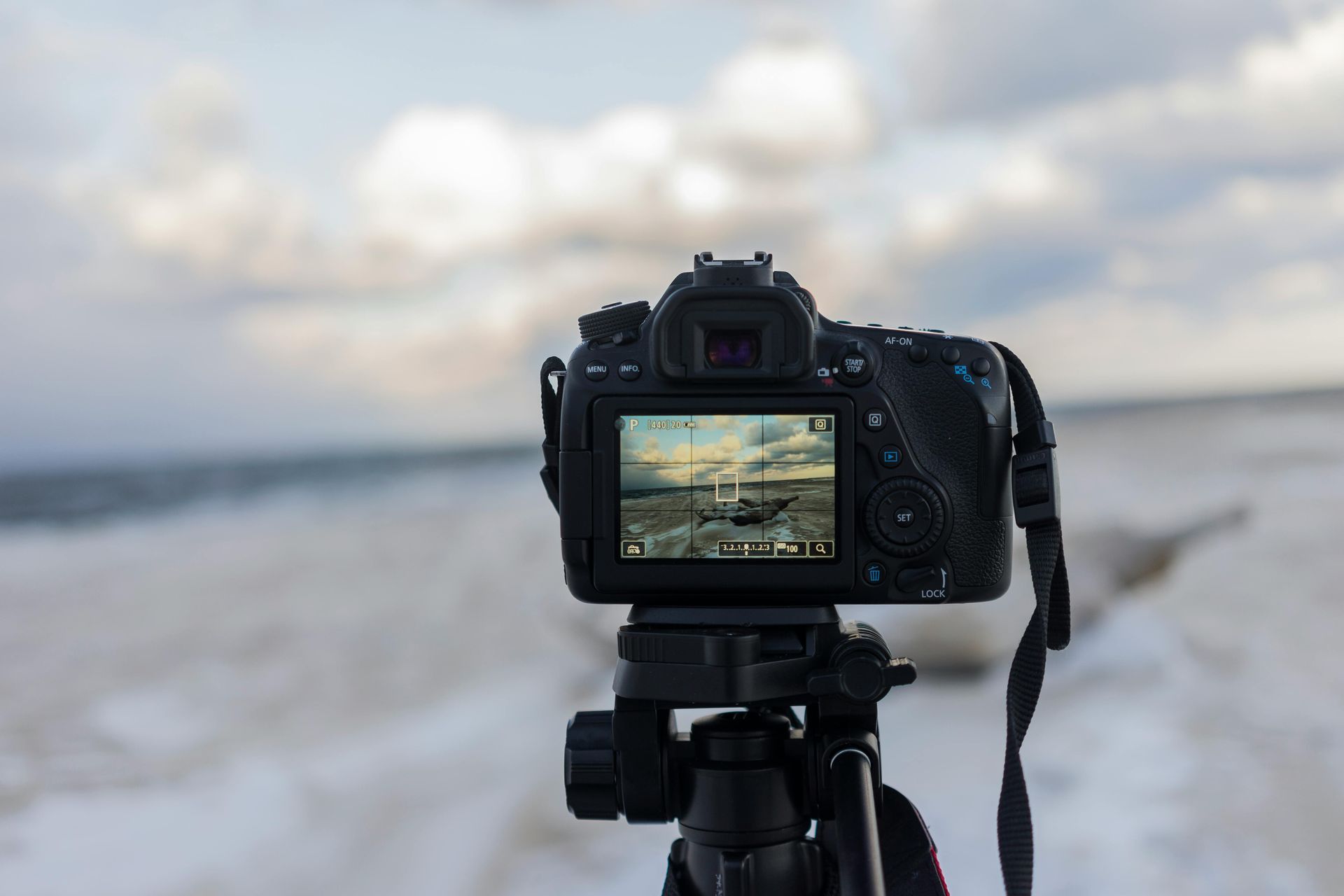Finding Beauty in Simplicity: A Minimalist's Guide to Photography
Sometimes, the most stunning photographs aren’t the ones packed with drama or detail. Instead, they’re the ones that strip away the noise, highlighting the beauty of simplicity. Minimalist photography is all about seeing the extraordinary in the ordinary, focusing on clean compositions, negative space, and subtle details that make a big impact.
The Magic of Minimalist Architecture
Ever walked past a plain, geometric building and felt oddly drawn to it? That’s the power of minimalist architecture. Clean lines, bold shadows, and soft hues create an effortlessly striking composition. Photographers like Hiroshi Sugimoto and Fan Ho have mastered this approach, capturing architectural minimalism in a way that feels both serene and powerful. Next time you see a simple, unadorned wall or a lone window on a vast facade, try framing it in a way that emphasises its stark elegance.
Nature’s Simple Beauty
Minimalism isn’t just for cityscapes; nature offers plenty of quiet beauty. Think of a single leaf floating on a still pond, a lone tree against a foggy sky, or a rolling sand dune with nothing but soft curves and shadows. These types of images evoke a sense of calm and introspection. Photographers like Michael Kenna have mastered the art of using negative space in landscapes, proving that less really is more.
Playing with Negative Space
Negative space—basically the empty areas in your composition—can be just as important as the subject itself. A lone bird flying in an expanse of blue sky or a person walking across a vast, open field can create a sense of isolation, tranquility, or even mystery. It’s about knowing when to step back and let the emptiness do the talking.
Finding Minimalism in Everyday Life
You don’t need to travel far to find minimalism—it’s all around you. A single coffee cup on a white table, the perfect symmetry of a staircase, or even shadows playing on a blank wall can make for an interesting shot. The key is to train your eye to see simplicity where others see nothing.
Less Is More
Minimalist photography isn’t about what you include; it’s about what you leave out. By focusing on form, color, and light, you can create images that feel timeless and impactful. So next time you pick up your camera (or phone!), challenge yourself to capture beauty in the simple, quiet moments. You might be surprised by what you find.
